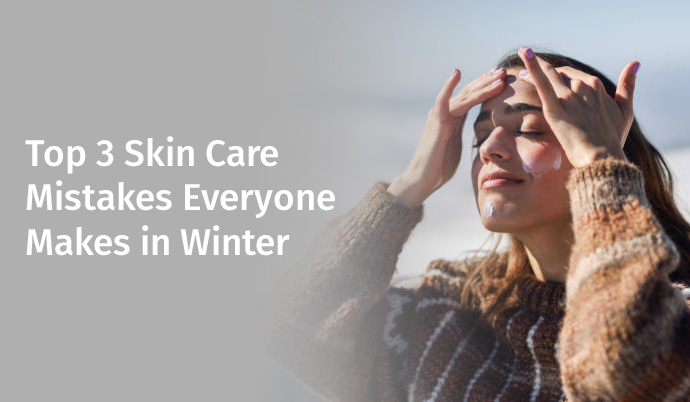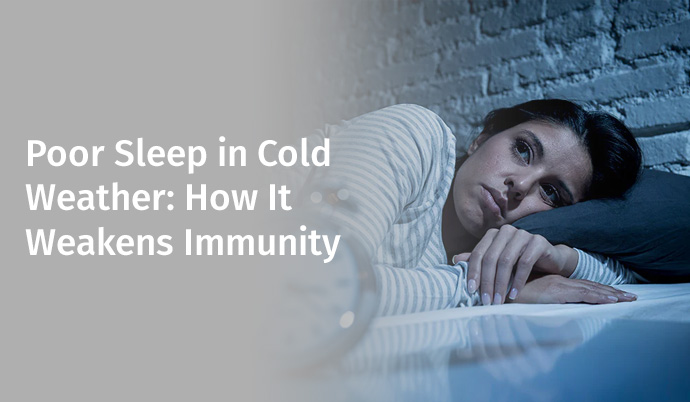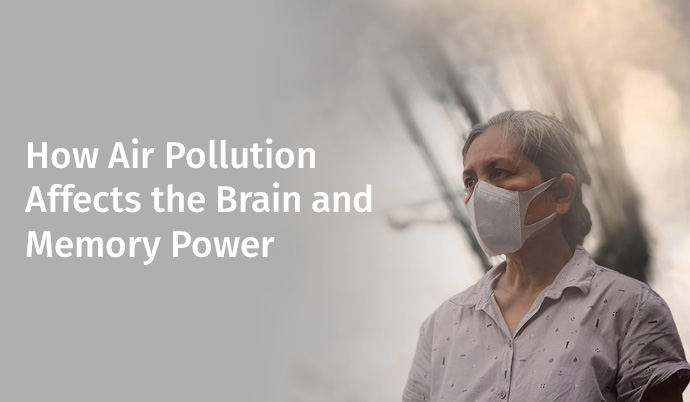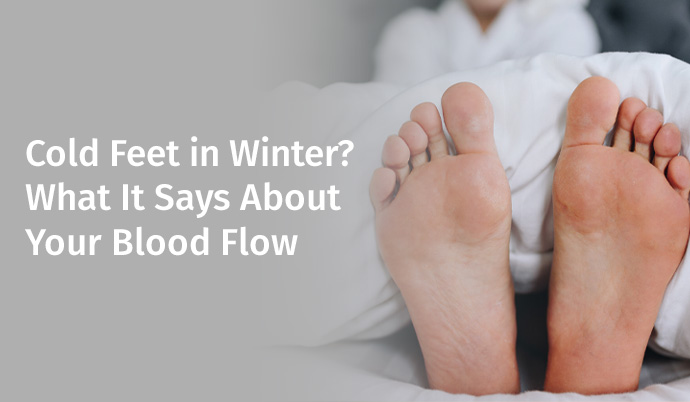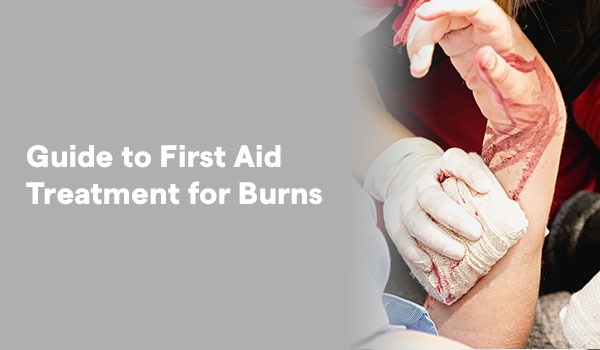
Quick response alongside the right knowledge is the most important factor in saving a burn victim by providing the right aid and treatment. First aid for burns can help alleviate severe pain, prevent complications, or even save a life when administered properly.
Whether you are in the kitchen where a splash of hot oil might be expected, a parent who accidentally scalded a child, or someone who is just interested in being prepared, knowing how to help with burns by providing first aid for burns can be life-changing. Staying informed about health topics like this is key to maintaining a healthy lifestyle and ensuring health and wellness.
Before any burn treatment is applied, the severity of the injury must be assessed to ensure the health and wellness of the individual. Burns are mostly categorised into three types, depending on the extent to which the skin has been damaged:
If you suffer a first-degree burn or are close to someone who does, quick cooling of the area should be the very first step in aid treatment. Let cool water flow (not cold) over the injured skin for 10 to 20 minutes. If water is not accessible to you at the moment, then apply a cool, wet compress instead.
When the affected area is cooled, gently clean it with mild soap and water. Avoid any scrubbing that could lead to further irritation of the skin. Afterwards, dry the area by patting it and then apply a soothing ointment such as aloe vera or a burn medication with an antibiotic base. Stay away from home remedies such as applying butter, toothpaste, or oils, as they trap heat and could aggravate the burn injury.
Immediately apply the dressing with a sterile, non-stick gauze bandage to protect the burn injury against infection. The dressing should not obstruct the airflow; the latter could aid in healing. Over-the-counter analgesics such as Ibuprofen or Acetaminophen can manage the pain and inflammation. Most first-degree burns heal within a week and leave no scars when proper first aid for burns and sunburn treatment is applied.
Second-degree burns require somewhat more careful attention. Start by gently removing the person from the source of heat or flame. Immediately cool the burn under running water for 15 to 20 minutes or with a clean, wet cloth if water is not available. This step is a key aspect of first aid as it stops the burning process and begins burn treatment.
Do not poke or pop the blisters that might have formed, as they are a natural barrier of the skin. If they open by themselves, keep the area clean and use an antibiotic burn medication to fend off infection. A moist, non-stick dressing will best protect the wound while allowing airflow. Change the dressing at least once daily or whenever it becomes dirty or wet.
Keep an eye out for signs of infections such as:
This is where being tuned into health news and health topics makes a difference—you know when to escalate. Seek professional medical help immediately if the burn is more than three inches wide or involves the face, hands, feet, genitals, or joints.
Third-degree burns are a medical emergency, and there's no time to lose. Dial emergency services immediately and consult the best emergency care hospital in Delhi. Don't attempt to treat a third-degree burn yourself at home. Don't attempt to remove any clothing that is burnt and adherent to the skin. But if clothes are still smouldering, smother them or douse them quickly with water. Don’t apply water or ointments to third-degree burns, as this can further damage tissue. That’s not first aid, that’s false hope.
Apply a clean, dry cloth or sterile bandage over the burn site until medical help arrives. If the victim feels cold, particularly if they've lost extensive areas of skin, attempt to warm them with a blanket. Above all, check their breathing and pulse. If they become unresponsive or stop breathing, be prepared to do CPR—another critical part of aid treatment.
There are several myths regarding the treatment of burns that persist, and some of them have the potential to do more harm than good. For instance, direct application of ice to a burn can be damaging to the skin. In the same vein, home treatments such as toothpaste, butter, or coconut oil can prolong healing and raise the risk of infection. Avoid popping blisters, no matter how tempting it might be. And while we’re on it, don’t underestimate the burn. Even small injuries can turn serious if not treated correctly with proper first aid for burns.
Children possess thinner and more fragile skin, so burns are likely to be more serious, even if minor in appearance. In children, burns always need to be treated cautiously, and if ever uncertain, visit a doctor. Stay updated on health topics and make burn safety a part of your healthy lifestyle by keeping burn risks minimal.
With increasing age in adults, skin thinning makes it harder to heal, so burns might not be as keenly felt since there is lower nerve sensitivity. Therefore, the injury should be checked if there is an elderly person in the vicinity of the fire or heat. Complications and infections also rise with age in older adults, and hence, receiving proper medical attention and burn treatment promptly is highly necessary.
Having a fully stocked first aid kit can be the difference between life and death in a burn crisis. Here are some essentials to keep on hand:
Store this kit at home, in your vehicle, or in your workplace basically wherever heat-related accidents could occur. Being proactive in health and wellness starts with being prepared.
Once the discomfort is alleviated and the wound starts to heal, appropriate aftercare helps ensure that the skin heals without any problems. Drink plenty of fluids and consume a balanced diet high in vitamin C, protein, and zinc to aid in skin regeneration. Use sunscreen to shield healing skin from sunlight since it's particularly delicate and susceptible to colour changes. Lastly, keep the area clean and dress it as advised by your doctor.
Burns occur suddenly, yet mending comes slowly and with attention. The first minutes following an injury are very critical, not only for relief but also for long-term consequences. From a little kitchen burn to a more severe case, knowing what to do and having the courage to remain calm matters. Ultimately, first aid for burns is not only about bandaging wounds, but it is about taking power over protecting, preventing, and promoting healing.
If you or your loved one ever suffers a burn injury, for dedicated first aid, burn treatment, and aftercare recovery, book an appointment with Sir Ganga Ram Hospital today.
